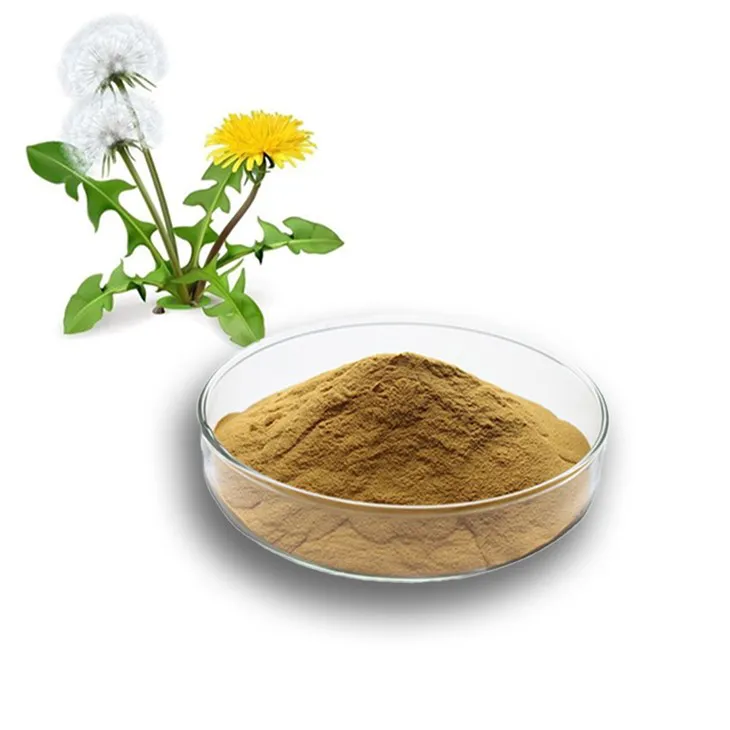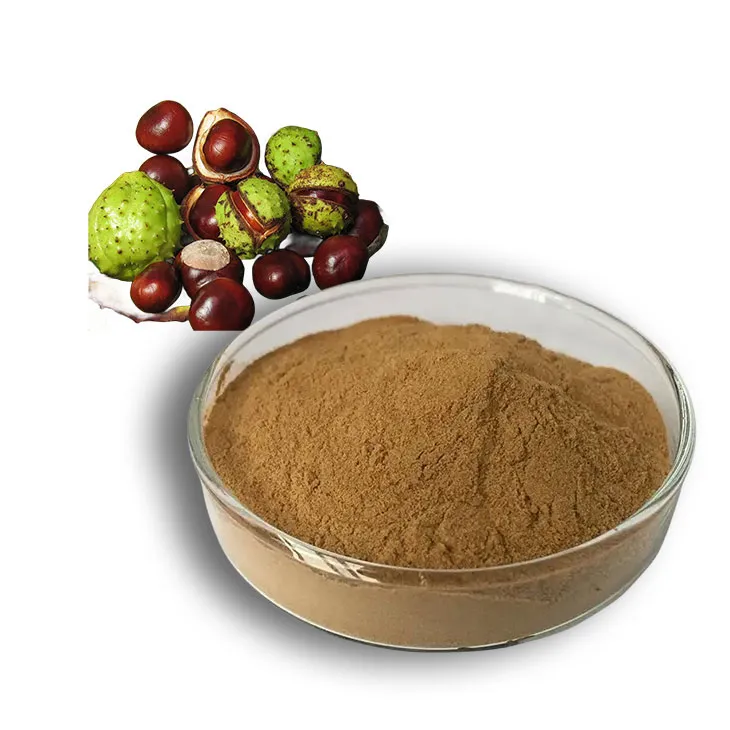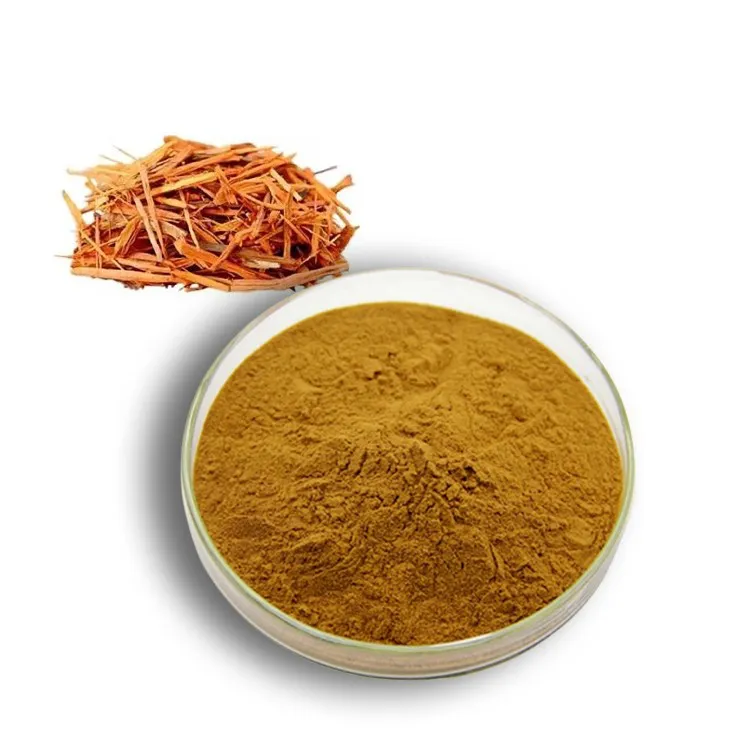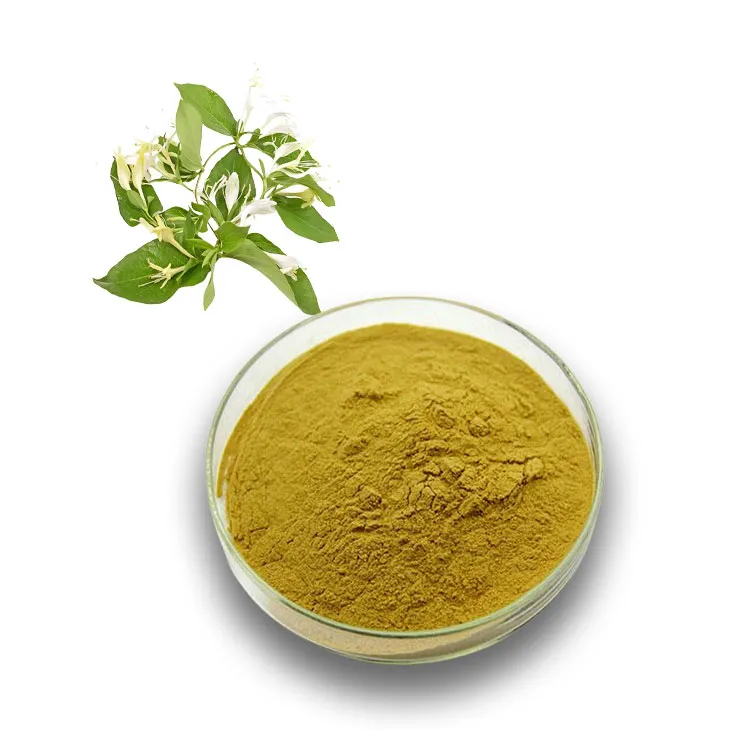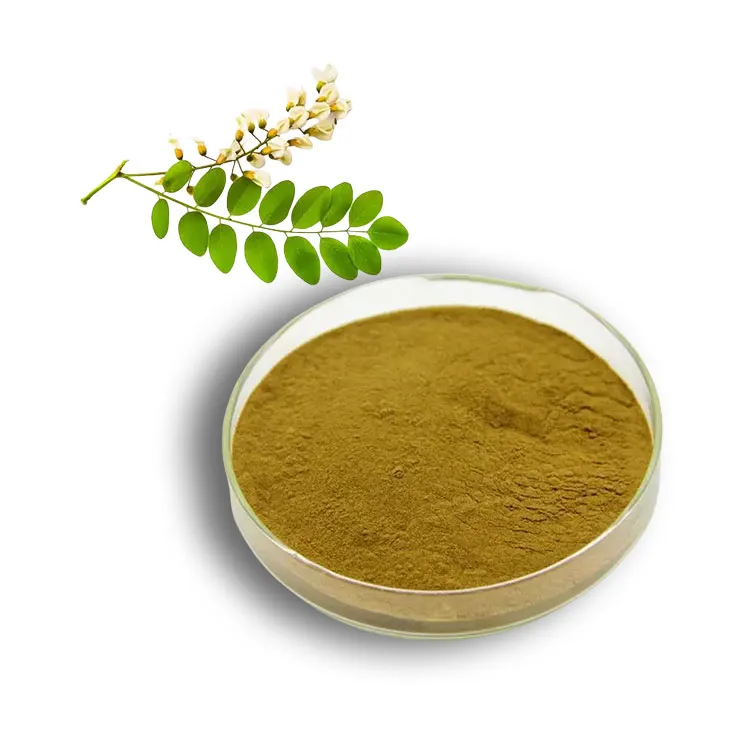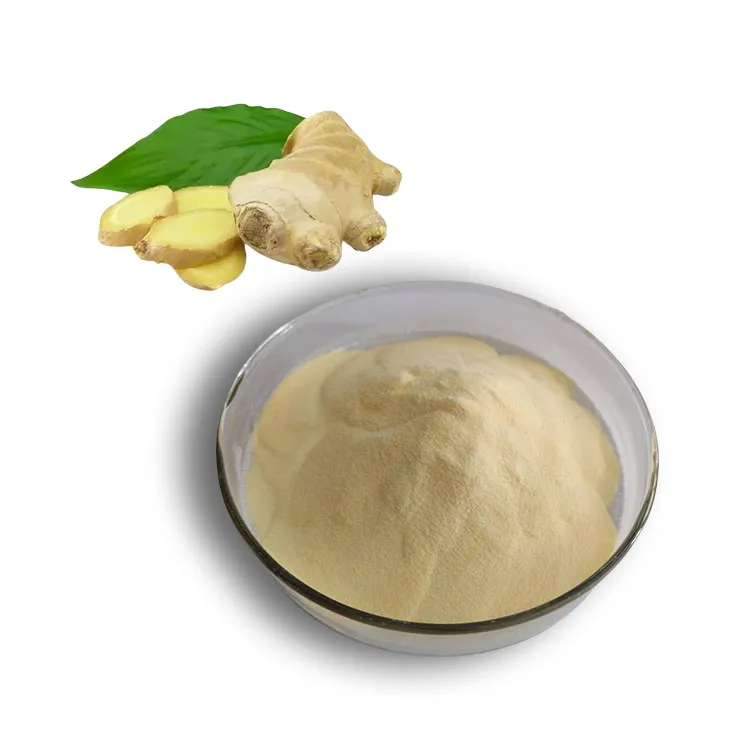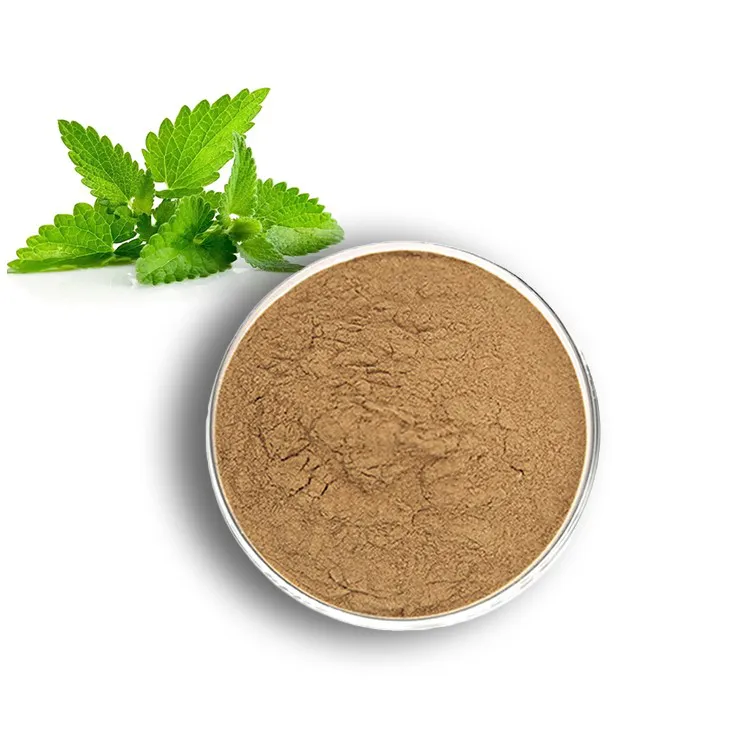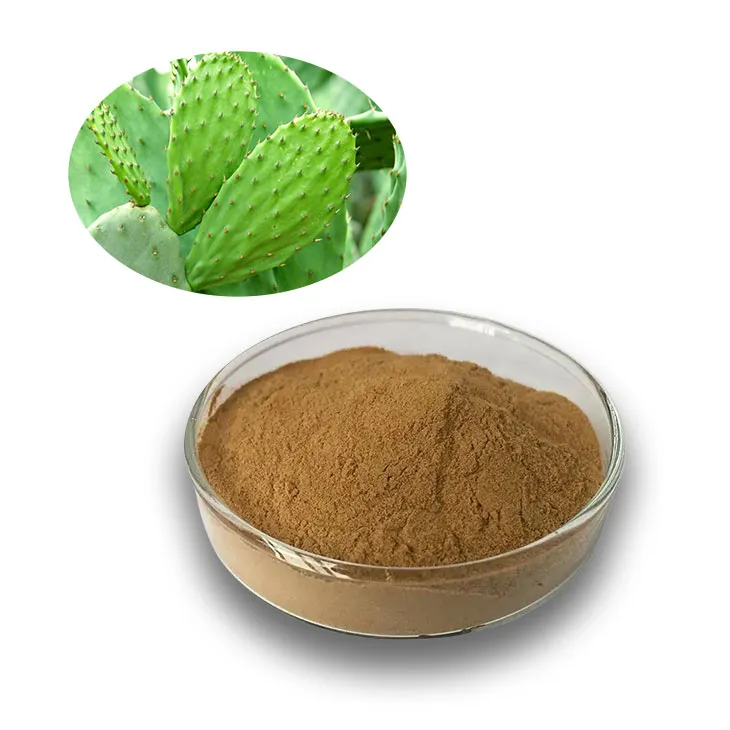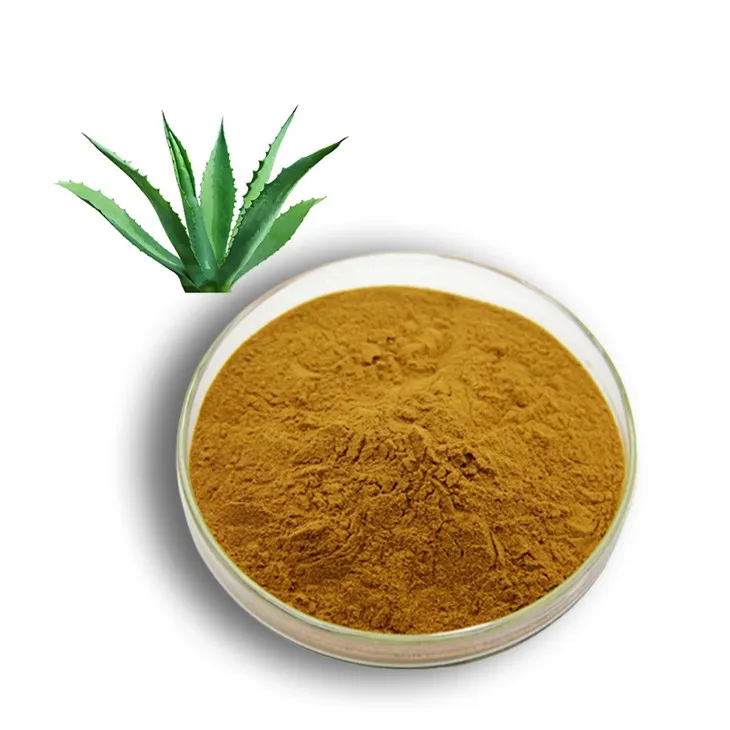- 0086-571-85302990
- sales@greenskybio.com
Angelica: history , Phytonutrients and Health Benefits
2025-06-06
Angelica (Angelica archangelica) is a tall biennial or perennial herb native to the cool and subarctic regions of the Northern Hemisphere. Renowned for its towering form, umbrella-shaped clusters of white or greenish-white flowers, and deeply divided leaves, angelica has a long history of both medicinal and culinary importance, thanks to its wealth of beneficial compounds.
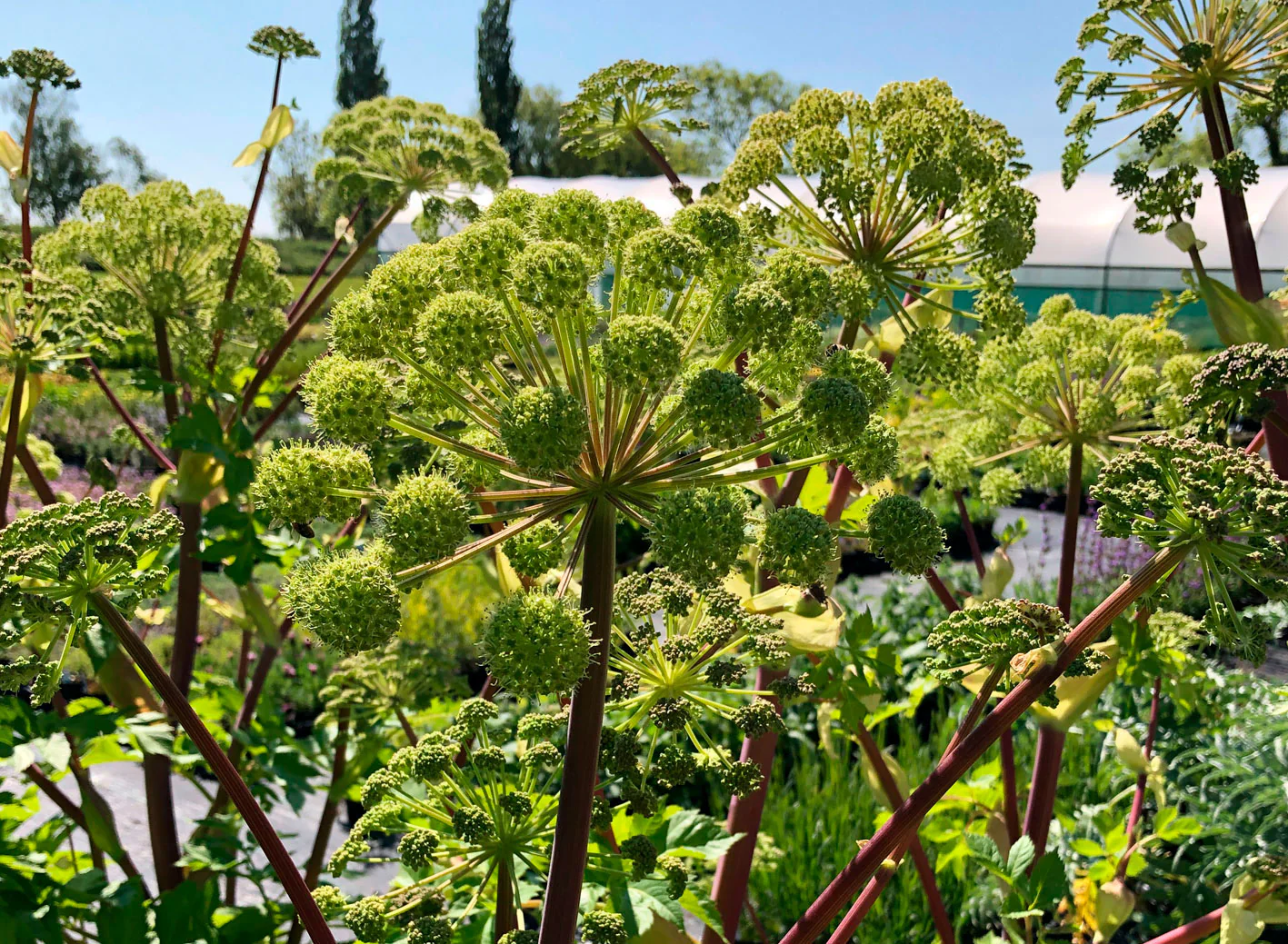
A Brief History Rooted in Legend
Angelica’s legacy is intertwined with folklore and medicine. Its name, taken from the Latin "angelus" meaning “angel,” is linked to a legend in which the Archangel Michael revealed the plant as a remedy for the plague during the Middle Ages. This divine association led to its scientific designation, Angelica archangelica.
The plant thrived in the cool, damp environments of Iceland, Greenland, and Scandinavia, and was a staple for indigenous populations such as the Sami of Northern Europe and the Inuit of Greenland, who prized it for nutrition and healing. The earliest documentation of angelica in European herbal texts dates to the 12th century, and by the 17th century, it was widely grown in monastic gardens and apothecaries throughout Europe. Nowadays, angelica is cultivated in temperate climates worldwide, including North America, Europe, and Asia.
Angelica is known by various names reflecting its broad significance: "holy ghost root" for its mythical origins, "wild celery" for its appearance, and "Norwegian angelica" referencing its Nordic roots. A closely related species, A. sinensis (Dong Quai), is a mainstay in Traditional Chinese Medicine. In Iceland, angelica, known as "hvönn," holds a special cultural place, vital for survival during harsh winters when it helped settlers endure food shortages and avoid scurvy.
Phytonutrients and Health Benefits
Angelica is rich in bioactive compounds, including coumarins, flavonoids, and polysaccharides. These contribute to a spectrum of therapeutic effects, such as:
- Coumarins: Offer anti-inflammatory and blood-thinning benefits.
- Flavonoids: Serve as potent antioxidants, protecting cells from oxidative damage.
- Essential oils (including limonene and pinene): Deliver antimicrobial and digestive support.
- Polysaccharides: Aid immune function and promote gut health.
Traditional and modern uses of angelica span a range of conditions:
- Digestive health: Angelica stimulates appetite, relieves bloating, and supports enzyme production for better digestion.
- Respiratory relief: Its expectorant compounds help treat coughs, colds, and bronchitis.
- Inflammation and pain: Angelica’s anti-inflammatory agents reduce joint pain and muscle soreness, supporting those with arthritis or rheumatism.
- Immune defense: Polysaccharides are linked to enhanced immunity against infections.
- Women’s health: Angelica is commonly used to regulate menstrual cycles and ease menopausal symptoms like hot flashes and mood swings.
The plant is prepared as teas, tinctures, capsules, and essential oils. Traditionally, roots, seeds, and leaves are dried for infusions or decoctions, and the essential oil is valued in aromatherapy for relaxation and stress relief. In the kitchen, its candied stems are a treat, and its leaves and roots add flavor to liqueurs such as Chartreuse and Benedictine.
Culinary Uses and Ideas
Angelica’s flavor is sweet, earthy, and slightly bitter, making it a standout in both sweet and savory recipes. Some ideas include:
- Candied angelica stems to decorate baked goods.
- Honey infused with angelica, serving as a soothing remedy for sore throats.
- Angelica and citrus tea, blending earthy and bright flavors.
- Roasted root vegetables with angelica for aromatic depth.
- Homemade angelica liqueur for a signature digestif.
More than a striking plant, angelica embodies nature’s healing power. With a heritage rich in tradition, substantial phytochemical value, and a suite of health benefits, angelica remains a symbol of resilience in folk wisdom, holistic medicine, and modern gastronomy. Its versatility ensures that this remarkable herb continues to elevate health and cuisine wherever it is used.
- ▶ Hesperidin
- ▶ citrus bioflavonoids
- ▶ plant extract
- ▶ lycopene
- ▶ Diosmin
- ▶ Grape seed extract
- ▶ Sea buckthorn Juice Powder
- ▶ Beetroot powder
- ▶ Hops Extract
- ▶ Artichoke Extract
- ▶ Reishi mushroom extract
- ▶ Astaxanthin
- ▶ Green Tea Extract
- ▶ Curcumin Extract
- ▶ Horse Chestnut Extract
- ▶ Other Problems
- ▶ Boswellia Serrata Extract
- ▶ Resveratrol Extract
- ▶ Marigold Extract
- ▶ Grape Leaf Extract
- ▶ blog3
- ▶ Aminolevulinic acid
- ▶ Cranberry Extract
- ▶ Red Yeast Rice
- ▶ Red Wine Extract
-
Dandelion Leaf Extract
2025-06-06
-
Horse Chestnut Extract
2025-06-06
-
Yellow Pine Extract
2025-06-06
-
Honeysuckle Pollen
2025-06-06
-
Selenium yeast
2025-06-06
-
Sophora Japonica Flower Extract
2025-06-06
-
Ginger Extract
2025-06-06
-
Lemon Balm Extract
2025-06-06
-
Cactus Extract
2025-06-06
-
Aguaje Extract
2025-06-06











